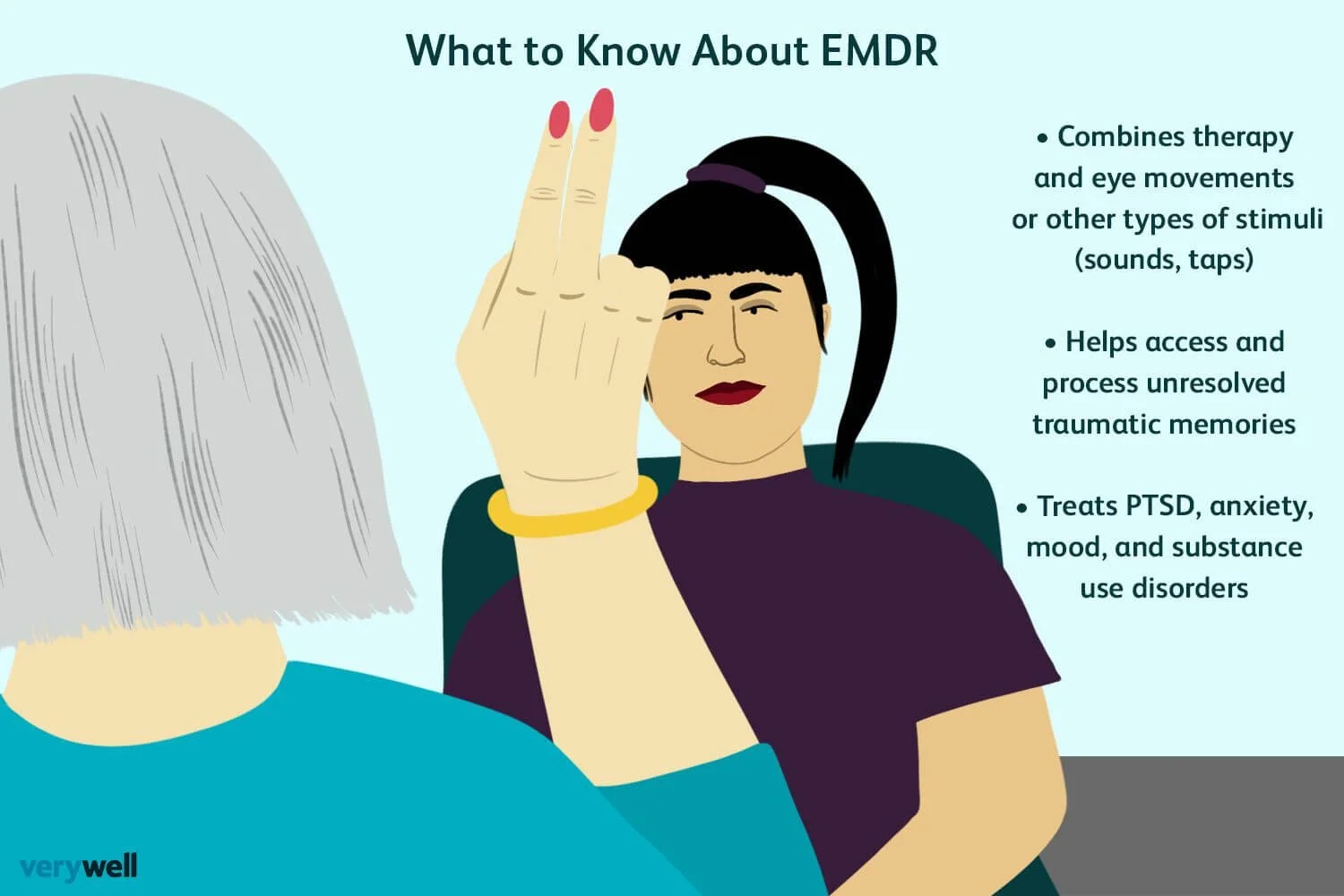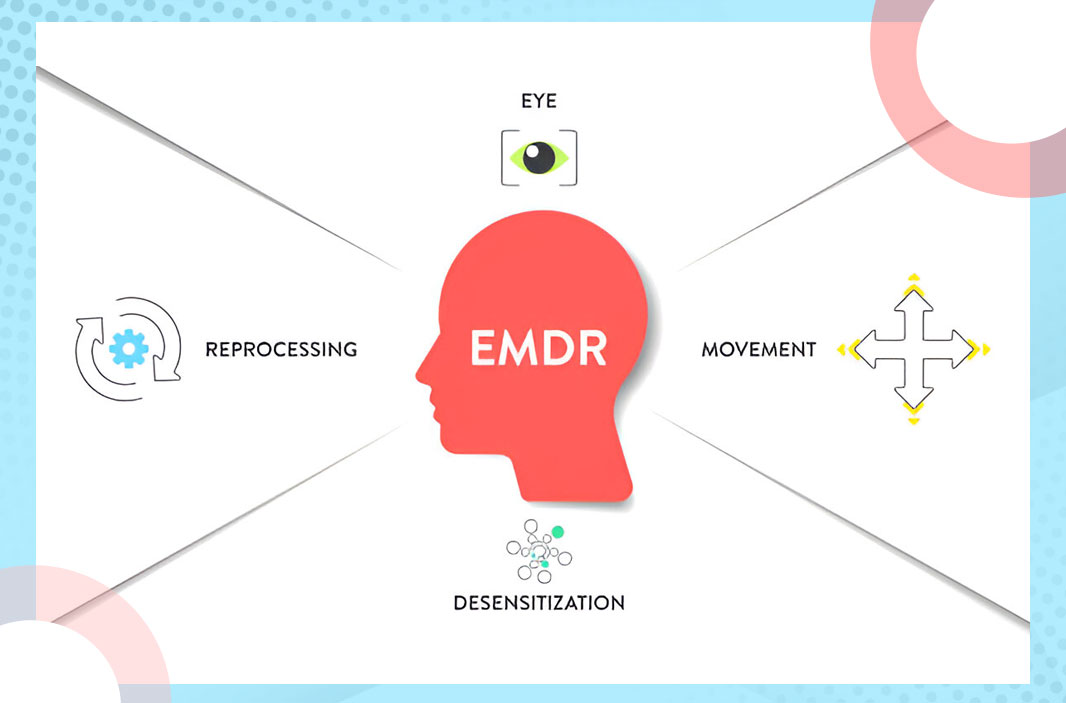Licensed emdr therapists nyc specialize in holistic approaches to recovery
Exactly How EMDR Therapy Works: a Detailed Look at the Process and Its Efficiency
EMDR treatment has become a noticeable therapy for trauma-related problems. Its organized approach consists of various phases designed to promote the processing of traumatic memories. Central to this technique is the concept of bilateral stimulation, which plays a crucial function in just how memories are processed. Understanding these elements exposes much about the therapy's effectiveness. Nonetheless, what especially occurs throughout an EMDR session, and just how does it affect the healing journey?
Comprehending the Concepts of EMDR Treatment
EMDR treatment, or Eye Activity Desensitization and Reprocessing, operates the facility that unresolved terrible experiences can hinder psychological health. This ingenious therapeutic approach aims to facilitate the handling of stressful memories, enabling individuals to obtain a healthier point of view on their past. Central to EMDR is the idea of reciprocal stimulation, typically attained through directed eye movements, which is believed to assist incorporate distressing memories right into an extra adaptive structure.

The 8 Phases of EMDR Therapy
The process of EMDR therapy unfolds over eight distinct phases, each developed to direct customers with an organized method to healing trauma. The initial phase involves history-taking, where the therapist evaluates the client's history and recognizes target memories. In the second phase, customers learn relaxation strategies to take care of distress. The 3rd stage concentrates on identifying adverse beliefs associated with the traumatic memory.
The fourth phase is where the desensitization procedure starts, permitting customers to process the traumatic memory. The 5th stage includes installing favorable beliefs to change the negative ones. In the sixth phase, clients are led to analyze their physical and emotional responses to the processed memory. The seventh phase emphasizes closure, assisting clients go back to a state of stability. The 8th stage includes reevaluation, where therapists and customers assess progress and deal with any kind of residual distress. This extensive method promotes a path to healing and strength.
The Duty of Reciprocal Stimulation
Reciprocal excitement is a vital part of EMDR therapy, facilitating the processing of terrible memories. This strategy entails rotating excitement of both hemispheres of the mind, usually attained via eye motions, auditory tones, or tactile feelings. The purpose of bilateral stimulation is to engage the mind's natural information handling system, which may end up being interfered with adhering to injury.
By triggering both sides of the brain, reciprocal stimulation helps clients access and recycle stressful memories in a more adaptive way. This method motivates the assimilation of traumatic experiences, reducing their emotional fee and making it possible for clients to establish brand-new point of views.

In addition, bilateral stimulation might promote leisure and decrease stress and anxiety throughout sessions, developing a more secure setting for clients to confront painful memories. Eventually, this method enhances the therapeutic procedure, allowing individuals to move toward healing and resolution.
Evidence Supporting the Effectiveness of EMDR
Research has actually shown that EMDR treatment is reliable in treating various emotional conditions, particularly post-traumatic stress and anxiety problem (PTSD) Various studies have actually shown considerable decreases in PTSD signs adhering to EMDR therapy. A meta-analysis of randomized controlled trials located that EMDR was as reliable as cognitive behavior treatment (CBT) for PTSD, with lasting effects observed even months after treatment. In addition, the American Psychological Organization and the World Wellness Organization back EMDR as an advised treatment for trauma-related problems.
Beyond PTSD, study shows that EMDR can also profit people dealing with anxiety, anxiety, and fears. An expanding body of proof supports its usage in diverse populaces, including veterans and children - best emdr therapy in nyc. Overall, the collecting research highlights EMDR's potential as a flexible therapeutic choice, leading the method for additional exploration into its mechanisms and applications in mental health and wellness therapy
What to Anticipate Throughout an EMDR Session
During an EMDR session, customers can expect a structured yet adaptable approach aimed at processing traumatic memories. The therapist starts by establishing a secure setting, where clients can really feel comfortable sharing their experiences. First discussions concentrate on identifying particular memories and linked negative beliefs.
Customers are directed to concentrate on these memories while all at once engaging in bilateral stimulation, normally through directed eye activities or tapping. This double emphasis intends to help with the processing of the injury, allowing customers to reframe their experiences and reduce emotional distress.
Throughout the session, specialists check customers' reactions, readjusting the pace and technique as needed. Sessions might include relaxation methods or cognitive restructuring to strengthen positive beliefs. Generally, clients can prepare for a supportive environment that urges self-exploration and recovery, eventually resulting in a higher sense of emotional wellness.
Regularly Asked Questions
Is EMDR Treatment Ideal for Children or Adolescents?
EMDR therapy can be appropriate for youngsters and teenagers, gave it is adapted to their developmental requirements (best emdr therapy in nyc). Medical professionals typically modify strategies to assure safety and effectiveness, visit homepage sustaining more youthful populaces in processing injury and emotional distress
Exactly How Long Does EMDR Therapy Normally Last?
EMDR treatment commonly lasts between like this 8 to 12 sessions, with each session varying from 60 to 90 minutes. Nevertheless, private requirements and the intricacy of injury can influence the overall period of therapy.
Can EMDR Therapy Be Done Remotely or Online?
EMDR treatment can certainly be performed remotely or online. Lots of experts have adapted their methods to digital settings, allowing customers to take part in efficient sessions from the convenience of their homes, keeping therapeutic advantages.
What Are the Possible Adverse Effects of EMDR?
Possible adverse effects of EMDR treatment may consist of temporary emotional distress, increased anxiousness, brilliant memories, and physical pain. Individuals may also experience exhaustion or frustrations complying with sessions, as the mind refines intense feelings and memories.
How Does EMDR Compare to Conventional Talk Therapy?

EMDR treatment, or Eye Motion Desensitization and Reprocessing, operates on the property that unresolved terrible experiences can prevent emotional wellness. The process of EMDR treatment unravels over eight unique phases, each designed visit this web-site to lead customers with a structured technique to recovery trauma. Reciprocal excitement is a necessary component of EMDR treatment, assisting in the processing of traumatic memories. During an EMDR session, customers can anticipate an organized yet flexible technique intended at handling terrible memories. Possible side impacts of EMDR treatment might include short-lived emotional distress, enhanced anxiety, dazzling memories, and physical pain.